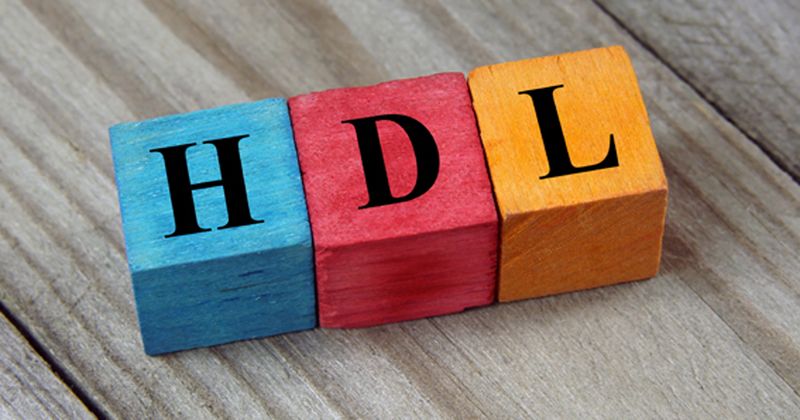Enhancing HDL function after acute heart attack shows promise in those with high LDL
Key takeaways:
- ApoA-I infusions may improve outcomes after acute heart attack for patients with multivessel CAD and hypercholesterolemia.
- There was no effect from the infusions for patients with LDL less than 100 mg/dL.
Improving HDL function may improve outcomes after acute MI for patients with multivessel disease and high LDL, according to a subanalysis of the AEGIS II trial presented at the National Lipid Association Scientific Sessions.
“There are many attempts to raise HDL pharmacologically. They all seem to fall short in terms of improving outcomes. There are a lot of theories about that. One is that off-target toxicity may have eroded the benefit. Another theory is that perhaps the number [of HDL] that was raised didn’t reflect an improvement in function,” C. Michael Gibson, MD, MS, interventional cardiologist, CV researcher and CEO of the combined nonprofit Baim and PERFUSE research institutes at Harvard Medical School, said during a presentation. “We sought to test the idea that infusing highly functional [apolipoprotein] A-I would improve outcomes.

“How do you measure the function of HDL? ... It’s cholesterol efflux,” Gibson said. “People who have bad efflux have higher mortality after heart attack. That’s through 6 years, but the difference emerges very quickly, within the first 30 days. So this looked like a viable acute target right after acute MI.”
The AEGIS II trial
For the AEGIS II trial, Gibson and colleagues used investigational CSL112 infusion (CSL Behring), designed to increase ApoA-I and cholesterol efflux capacity, to assess whether improving HDL function after MI could stabilize atherosclerotic plaque, as posited by the “HDL hypothesis.”
The researchers enrolled 18,219 adults with acute MI, multivessel CAD and additional CV risk factors (mean age, 66 years, 74% men). Participants were randomly assigned to four weekly infusions of CSL112 6 g or placebo. The primary endpoint was a composite of MI, stroke or CV death through 90 days of follow-up, and the secondary endpoints were the same outcomes at 180 and 365 days.
As Healio previously reported, in the main results of AEGIS II, previously published in The New England Journal of Medicine, CSL112 6 g did not significantly reduce occurrence of the primary endpoint at 90 days (P = .24) or the secondary endpoint at 180 days (P = .077) or 365 days (P = .137) compared with placebo.
Secondary and exploratory analyses
In the present secondary and exploratory analyses, Gibson and colleagues observed several hypothesis-generating findings.
Among adults with acute MI, multivessel CAD and additional CV risk factors plus hyperlipidemia at baseline — defined as LDL of 100 mg/dL or more — four weekly infusions of CSL112 6 g were associated with lower incidence of the primary and secondary endpoints compared with placebo at:
- 90 days (3.4% vs. 4.9%; HR = 0.69; 95% CI, 0.53-0.9; P = .007);
- 180 days (5.3% vs. 7.3%; HR = 0.71; 95% CI, 0.57-0.88; P = .002); and
- 365 days (7.8% vs. 9.9%; HR = 0.78; 95% CI, 0.65-0.93; P = .006).
There was no significant effect of CSL112 infusion on the primary or secondary endpoints among participants with baseline LDL less than 100 mg/dL.
Those with hyperlipidemia also had lower risk for MI, CV death or the combination of both if they were assigned CSL112 compared with placebo, according to the researchers.
Moreover, Gibson reported that the effects of CSL112 infusion on the primary endpoint may increase with higher baseline LDL when analyzed as a continuous variable.

“Among [acute] MI, patients with multivessel disease who have multiple risk factors, who received guideline-directed medical therapy, four weekly infusions of CSL112 compared with placebo yielded a neutral result,” Gibson said during the presentation. “However, as the baseline LDL increased, when you look at it as a continuous variable using a cubic spline analysis, the benefit of CSL112 increased. When you look at a [LDL] threshold of 100 mg/dL, there is significant reduction in death, MI, cardiovascular death and stroke. It is consistent with the proposed biologic effect of HDL or ApoA-I to stabilize plaque and minimize plaque rupture.”

